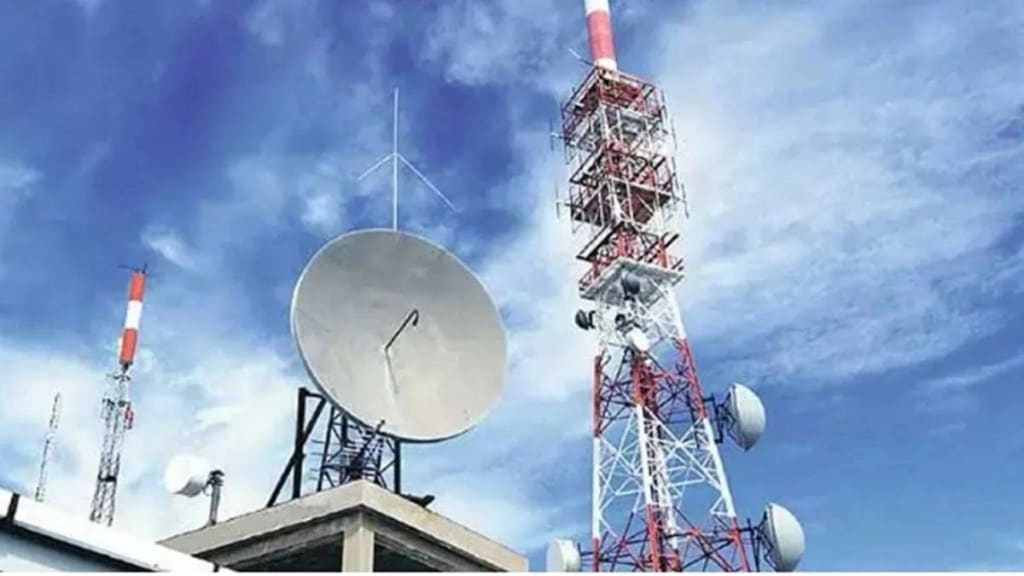The Indian Over the Top (OTT, a gross misnomer) or apps market is one of the fastest-growing in the world, with as many as 32 billion app downloads in 2022, with the number exponentially rising. Clearly, the Indian public is ravenously hungry for OTTs which are being devoured every day in all walks of life by our aam aadmi—the common man—for various productivity and entertainment services as per the consumer’s preference, needs, and interests. Indeed, today’s customers have less use for a telecom service that does not offer them OTTs.
In this scenario, both OTT users and providers are much concerned about reports that telecom operators (telcos) are wanting to levy a network fee on the OTT players (the latter are more appropriately referred to as Content and Applications Providers or CAPs—as the EU Regulator has termed them), since it is claimed that CAPs use the telecom network heavily and cause a serious increase in the telecom infrastructure costs.
In this context, it should be appreciated that telecom data services are like the gas connection we get at home and OTTs are akin to the stove used for cooking. If we use more gas, we are charged more and that is fair. However, how would it make sense if the stove manufacturer has to pay a penalty just because someone decides to cook more and use more gas?
Consistently, since 2015, TRAI and DoT findings and decisions have favoured the continuance of the free play of market forces and the existing light regulatory framework without any further intervention. The latest calls for network fee are not aligned with the position of DoT and TRAI as well as with powerful new findings from other reputed agencies of the world. The EU regulator, BEREC, found that the argument that CAPs are driving telco traffic is incorrect. The data traffic is generated by the customers of the telcos and not by the CAPs. Contrary to the argument made by the telcos, there is no evidence to hold streaming services accountable for free riding. Recent reports of Analysys Mason and WIK Consult have echoed the BEREC and EU findings that it is the telco’s customers who are wanting and using the apps, thereby driving network utilisation, consequently helping telcos generate more revenue. Moreover, the customer is paying data usage charges (which increased by a healthy 25-30% in the last three years) to the telco and they have full freedom to charge enough to cover their costs.
Evidence shows that data traffic growth is stable at best, and might even be decreasing. In this regard, WIK Consult confirmed the findings of the Analysys Mason study by asserting that “growth is stable, which is explained by a relative market saturation for streaming services.” BEREC also stated that “internet traffic has grown steadily over the years. There has been no fundamental change in the general growth tendency.” Studies have found that telcos can easily handle more traffic at little cost.
Analysys Mason have also found that network-related costs for the telcos have remained stable over time, even while traffic volumes have grown significantly. Data traffic only drives a small share of the provider’s costs, which are further mitigated by the investments that CAPs make in internet infrastructure. There’s no additional cost for the telco if a user streams more content as the user will likely pay the operator in the form of a higher-cost data plan. This just shows that telcos are perfectly able to handle steady traffic growth at an almost negligible incremental cost. BEREC also concluded that imposition of such a fee may lead to price hikes for consumers, disincentivise Big Tech from making investments, and breach EU net neutrality rules.
It can therefore safely be surmised that the demand of network fee from CAPs is merely a strategy to extract monopolistic rents, negatively impact the trajectory of innovation being pursued by the CAPs, and impose higher data costs indirectly on the end-customers.
Telcos also claim that network fees would unlock socio-economic opportunities for citizens and businesses. However, the opposite is true as evidenced by South Korea’s experiment with the concept which gave results like consumer prices going up dramatically, content offering becoming less diverse, and the internet itself becoming slower while investments in network infrastructure actually declined. Upholding the BEREC findings, majority of the EU nations have officially rejected the telcos’ demand. It has also seen almost total rejection in all other (non-EU) regimes, wherever it has been taken up.
India similarly needs to safeguard its aam aadmi OTT-consumers. IIMA experts recently estimated that the growth in our OTT app economy is about four times the GDP growth. Surely, Digital India needs this to be nurtured and grown.
Research inputs by Debashish Bhattacharya
About the author: Honorary fellow, IET, and president, Broadband India Forum. Views are personal.

